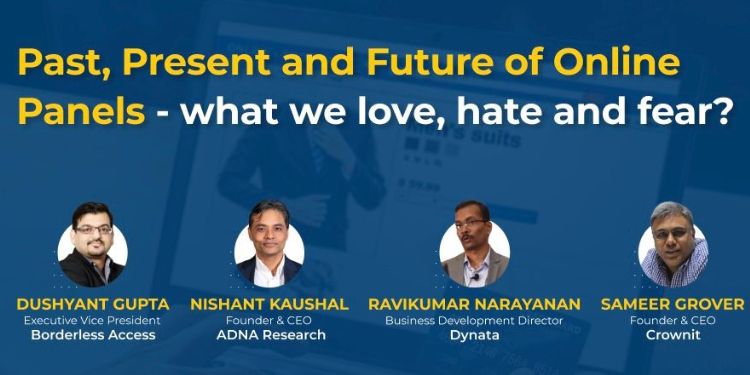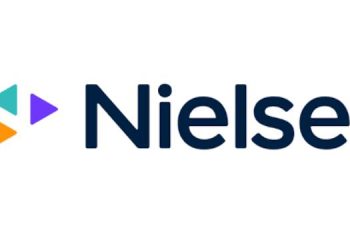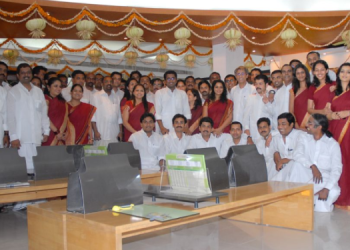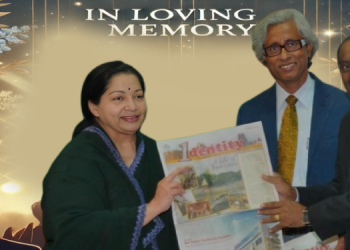A webinar organised by the Market Research Society of India (MRSI) on November 22, 2023 delved deep into the evolution of online research globally and in India, and its future.
The discussion on ‘Past, Present and Future of Online Panels – what we love, hate and fear?’ was moderated by Amitabh Mishra, Director & Head – Insights, India, Dr Reddy’s Laboratories and Managing Committee member at MRSI.
The panellists were Dushyant Gupta, Executive Vice President, Borderless Access; Nishant Kaushal, Founder & CEO, ADNA Research; Ravikumar Narayanan, Business Development Director, Dhanya; and Sameer Grover, Founder & CEO, Crownit.
Here are some edited excerpts from the discussion.
Speaking about the evolution of online research globally, Narayanan noted that the first internet panels were created in the early 1980s, to ensure data quality by removing the interviewer and consumers’ social desirability biases. It was only in 1986 that a formal national panel was set up in the Netherlands by Gallop, he noted.
“At that point internet penetration was negligible. The declining response rates made telephone-based surveys expensive. In the early to mid-1990s with the increasing accessibility of the internet researchers began to explore online surveys. The early 2000s witnessed a major shift from traditional to online panels. In the late 2000s, with the rise of smartphones, researchers began to adopt mobile platforms,” he explained.
Gupta said, “I was remembering the early days when the definition of online used to be a question mark. People used to book rail tickets online and that was the definition. Now we are seeing a larger adoption rate and usage. Marketing has followed suit, advertising spends are now on top of the stack against spends on traditional mediums. Marketing spends are more skewed towards digital now.”
He noted that in the panel industry in India, people were looking at converting offline modes into online in the dotcom era, with more Indians exposed to giving ratings, writing reviews and the like in exchange for rewards. Gupta cited the example of offering CDs of music and movies of Yash Raj films for answering surveys.
He continued, “We now recruit primarily from web applications which drive a lot of online traffic; that could be gaming apps, websites that cater to recruitment etc. More and more brands are making their digital advertising channels conducive to recruit (respondents).”
Digital companies like Facebook, InMobi and Glance have separate departments to help online companies build communities and recruit from with data profiling, he added.
According to Gupta, the early adopters of online research were the audience of companies which were already sitting online. It was the tech companies that did online surveys in the 2000s because their audience was online – IT developers, Tech developers, BFSI etc.
“The challenge at that time was explaining to the industry that you cannot ask the same face-to-face questionnaire to the online audience. You need to make it more intuitive. The challenge as of now, for online companies, is how you excite the respondent to stay in the online survey format,” Gupta added.
Kaushal said, “The first migration of an offline tracking moving to online was back in 2006 in Singapore. It was a premium face care company. They were realising that in the offline method they were not able to get enough consumers. Because all these people were behind closed doors of society and interviewers were not able to get inside. They quickly realised that was a huge barrier and adopted the online tracking method. Overall, what we saw was that the findings or patterns didn’t change, but what changed was the absolute numbers.”
He continued, “Today I will say that if you are looking at the true representativeness from a general mass market perspective in India, you may still have to stick with traditional offline research. Despite all its growth and more growth coming, at this stage the online panels are not fully representative of the total population. The question we need to ask ourselves is what is the purpose of the study? If you need true representation then think of a hybrid method depending on which method is better for which group.”
On the advantages of online surveys, Grover said, “We are in a geography which is mobile, TV-favoured. The first computing device in a household is a smart phone. These are digital native consumers. Through a smartphone, I can do surveys, videos, chats, and can gather different data from the end consumer and that’s what companies in the digital space do.”
Feedback: [email protected]

















